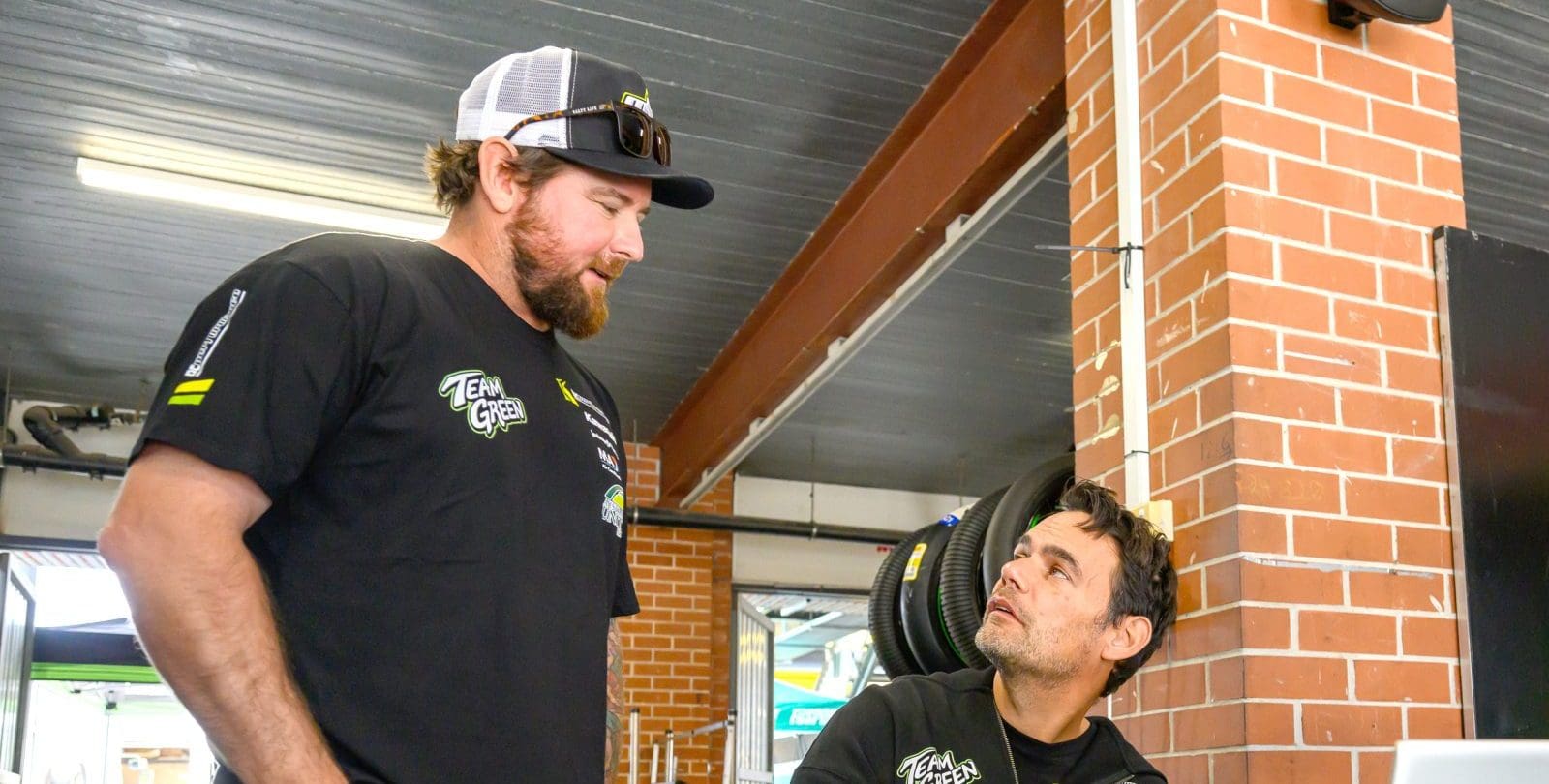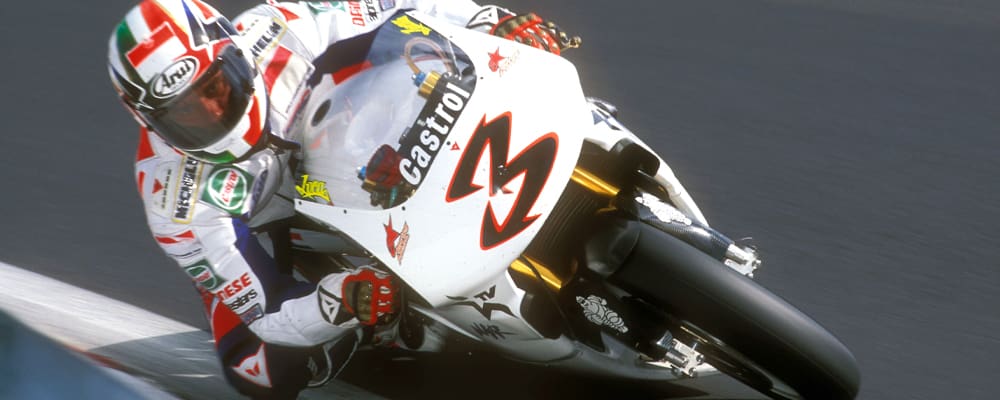It may sound ridiculous to be praising a rider as sport’s next big thing with the season just two races old. But there has been enough in the performances of Pedro Acosta in 2024 to suggest he is already MotoGP’s newest superstar, and likely to leave a string of broken records in his wake.

Not bad for a teenager with just two premier-class appearances to his name. But the rider from Murcia, in the south east of Spain, has been the standout story of the season so far. After a highly promising preseason, it took just one race for the 19-year old to mix it with a number of the class’s leading names. By the second he had climbed a MotoGP podium, becoming the third youngest rider in history to do so.
More than the results, it was the manner in which he achieved them. Acosta was like a wrecking ball in Portugal, as he set about making a number of high-profile names – serial champ Marc Marquez and MotoGP’s current number one Pecco Bagnaia among them – look very ordinary indeed.
After being similarly humbled during round two, Brad Binder could do nothing but sing Acosta’s praises in the race’s aftermath.
“He’s really special,” he said. “When you watch him ride you can see how good he is, the way he can control the bike, (how he) has a lot of corner speed, (and) picks it up nicely. He’s a real class act.”
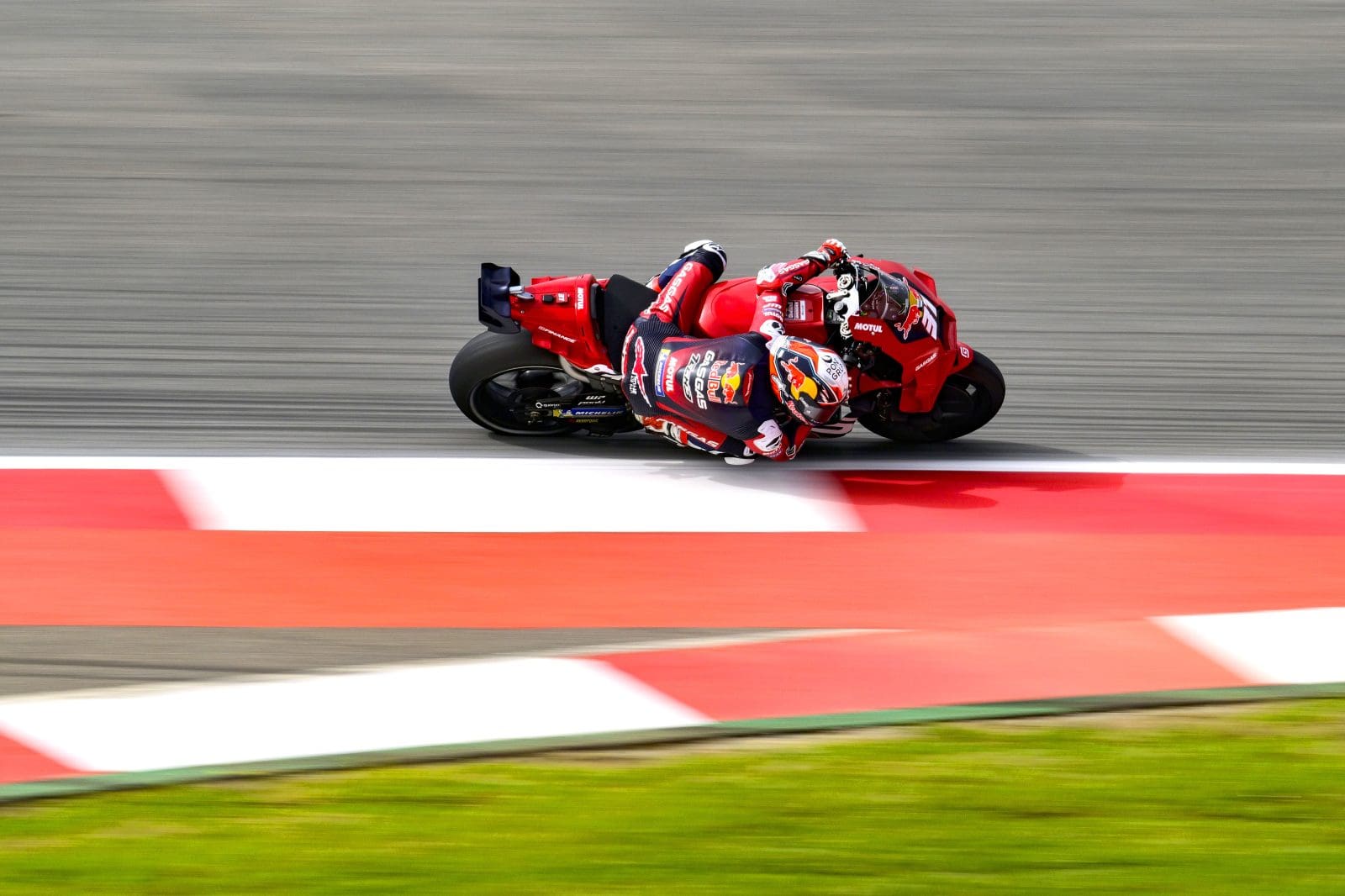
As well as making a mockery of the fact overtaking is currently more difficult than ever in the premier class, Acosta has been a breath of fresh air off the bike. MotoGP has been crying out for a bit of spunk and niggle up front for the past four years now. Early signs indicate the reigning Moto2 world champ is capable of filling that void.
“This young man has the potential to become a real star and one of the main actors of the MotoGP paddock of the next few years,” said his Tech3 team owner Hervé Poncharal. “He’s special not just the way he rides, but the way he enjoys it. And he’s fun!”
If that sounds like hyperbole, one only needs to spend a handful of minutes in the company of KTM staff to understand what he is doing is not just unexpected, it’s otherworldly. Here, AMCN speaks to those in the know to understand how MotoGP’s next superstar does it.

FROM THE moment he won his first grand prix after starting from pitlane in 2021, it was clear Acosta was not your average run-of-the-mill rider debuting in Moto3. Needless to say, the second youngest world champion in history and the second youngest in the intermediate category possesses an incredible natural talent, which has helped him adapt to a MotoGP machine in a ridiculously short time.
As witnessed in his brilliant ride through the field in Portugal, Acosta’s lean angles and incredible late-braking ability were even amazing to established names like Jack Miller, currently in his 10th MotoGP campaign.
“He’s not really on top of the bike, he’s out of the bike quite a lot, has everything touching the ground,” said the Australian. “I can only wish to ride like that.”
Crew chief Paul Trevathan was still digesting Acosta’s Portuguese performance when he spoke to AMCN. The result was impressive, yes. But how his rider worked out a notoriously difficult track on a machine boasting nearly 300hp in the space of three practice sessions is what really stood out.
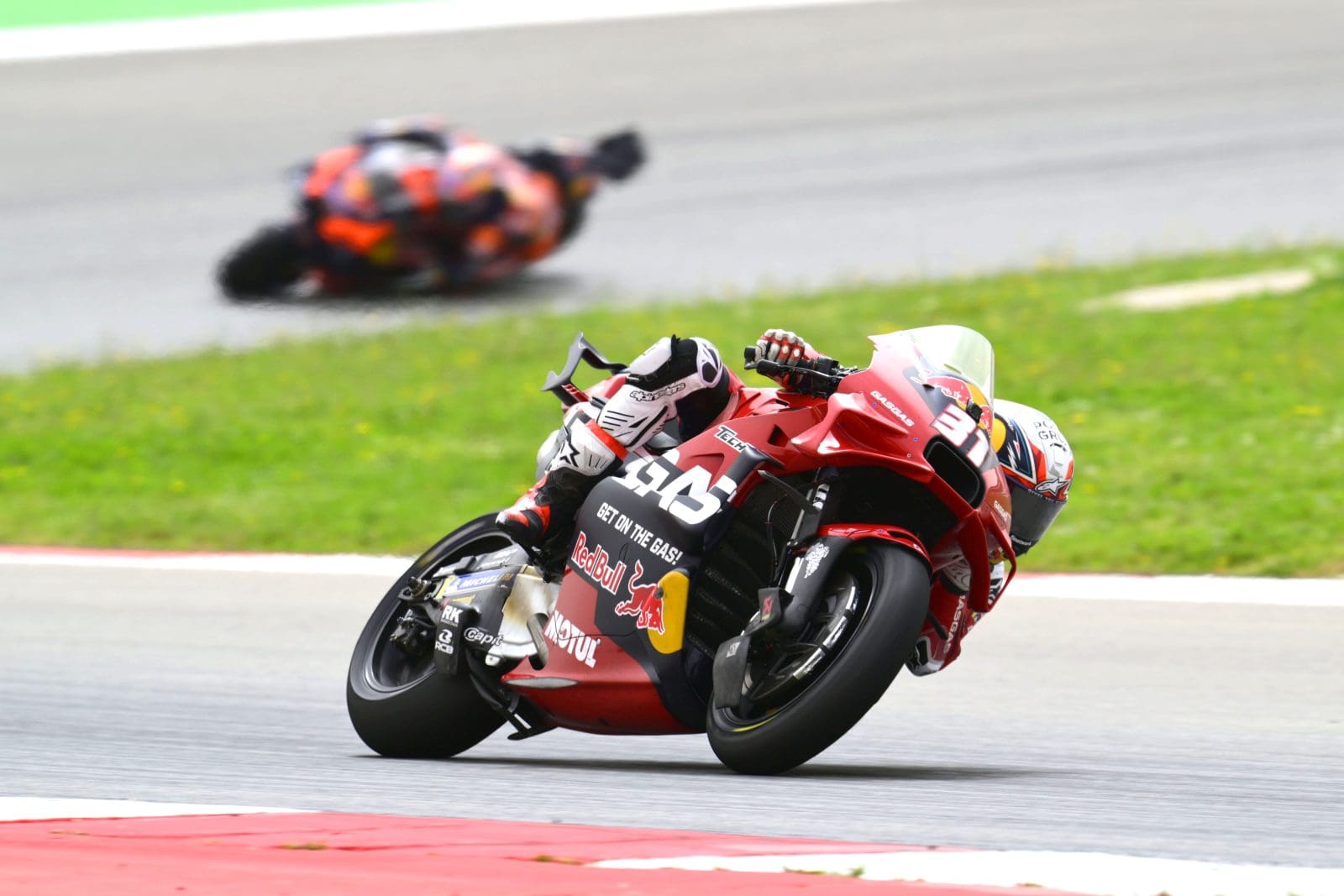
“It’s amazing,” he said. “I still don’t know the limit of the guy. Every time he rides the bike he improves, (making) little changes to his riding. Looking at (Round 1), f***, what a great race! Then coming here where there were tricky conditions on the first day. He went out on the second, put FP together. And that was him – that wasn’t us changing the bike.”
Having witnessed Acosta rack up 16 wins and two championships in the junior classes, KTM’s Motorsport Director Pit Beirer was eager to see how he would adapt to the bigger stage. Yet even before six days of testing in Malaysia, he had witnessed how easily it came to the young man.

“There is some natural things in that boy which are just amazing,” said the German. “If you go to a wind tunnel normally you have to school the rider what to do and not to do to find one more little detail. He just jumps on the bike and he does everything perfect there. Even in the wind tunnel, he does it pretty perfect.”
A less obvious detail: how quickly Acosta adapted to riding a MotoGP machine in the rain. “Unbelievable,” was Poncharal’s verdict after seeing Acosta place third in his first wet MotoGP session in Qatar. “Normally in Malaysia when it rains the rookies say, ‘Okay, we’ll wait.’ He wanted to go and he was pushing and was instantly fast. When we had that wet session in Qatar he was P3. Now, that’s talent!
“Normally you need to do some laps, because it’s a different brand of tyres, different bike, you have to use the carbon brakes in the wet. But he was there from lap one. Unbelievable.”
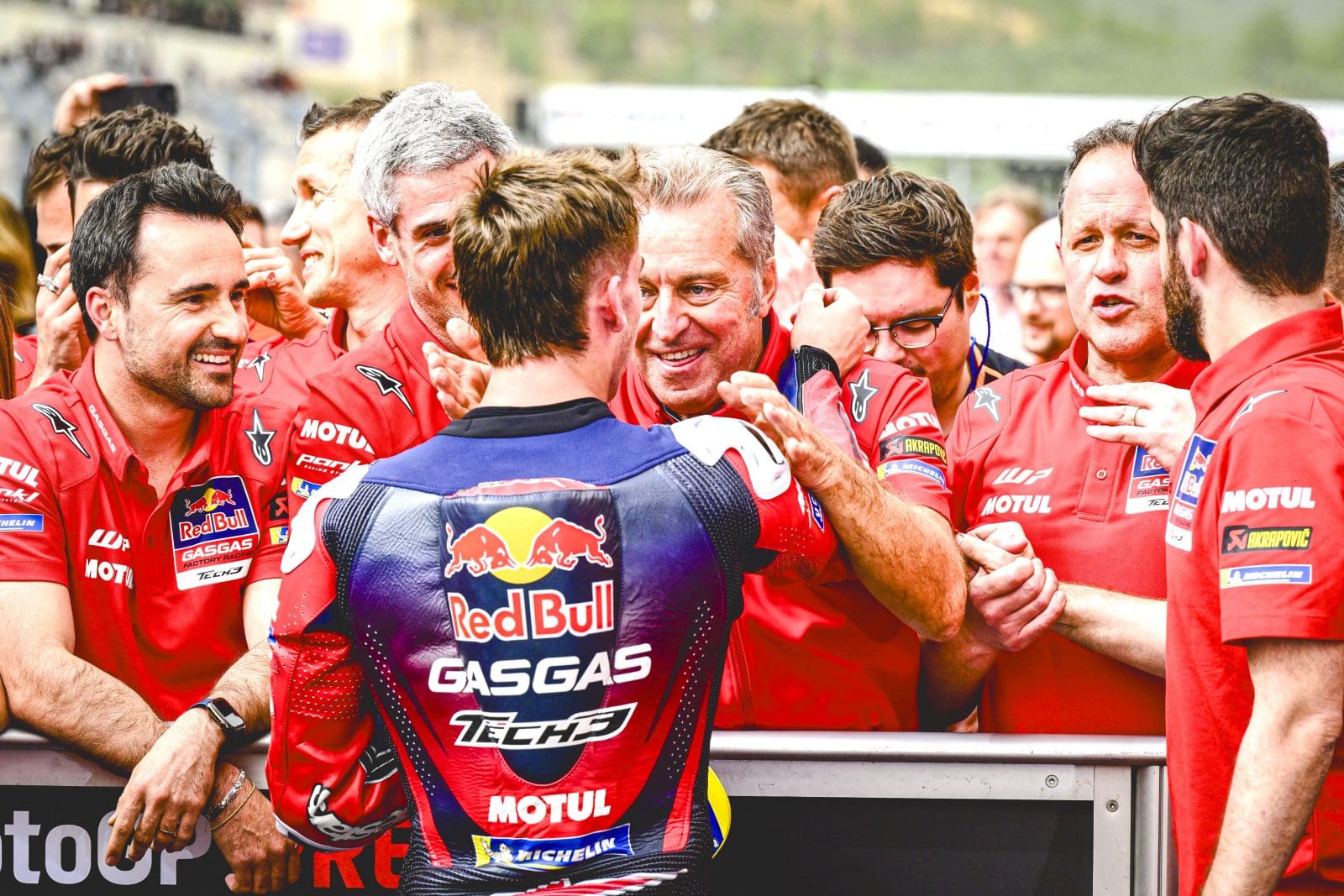
ANY RIDER making it to modern-day MotoGP can boast of talent. What’s made Acosta stand out since his days as a cheeky 16-year rookie in Moto3 is his overall intelligence. That extends to social intelligence, something Poncharal noted immediately at last November’s Valencia test, his first experience on a MotoGP machine.
“I thought he was going to come with maybe a big head, because of what he did (in Moto2 and Moto3),” said the Frenchman. “He was so humble and nice when he arrived, trying to gel with the team. He’s been with another group for three years and it’s difficult to leave that group after achieving incredible success.
“Mission one for us was to give him a warm feeling. On that side he was fantastic. He remembers the name of everyone after a few hours. After that day one, I asked Paul, ‘What can you tell me?’ I remember he said three words: He’s a sponge.”
Acosta’s ability to communicate also stood out to Beirer during the six days of testing in Malaysia in February.

“How he spoke to the engineers was also impressive because that maybe even has the same value as the raw speed. How he can announce what he wants for himself and how he wants to have his motorcycle set up. That was even maybe more amazing for all of us than the pure speed,” he said.
Travathan added: “There are two things that are outstanding. There’s the sponge. It’s not so much how much he wants to know, but if you can point out things that will make him better, or make him understand the bike more, it just goes in, he’s just able to do it. The race (in Portugal) was something fantastic,” he said. “But for me it was the way he worked over the whole weekend. To improve by learning what the rider can do, understanding the bike and asking me what he thinks I can fix, not wasting time on things I can’t fix.
“The other part is the human side. I call him an old soul in a young body. Not just because of the bike. But because the calmness and understanding of the world… you can talk about politics or different sports, whatever. He has this straight way of looking at it, and he’s just a kid!”
Poncharal again: “We have some common values. He’s only 19 and I’m 67 but I like that a lot. Prior to going on track this is a team effort and he understands that. What I like is the way he respects the human relationships and he wants to create a group by behaving in a nice way.

“He insists on eating with his team every night. Even if they’re working late, he’s waiting for them. This is not so common, especially for young guys who’ve had some success and have lost some of the values of life.”
Acosta’s constant wisecracks and funny quips may give the impression he is just your average carefree teenager. But the staff at Tech3 tell a different story.
“He looks cool, with the cap backwards, like a teenager enjoying himself. But he’s such a hard-working guy,” said Poncharal. “At 8.30am he was in the box already (on the Wednesday and Thursday before the Portuguese GP). He’s always there when others are coming later. On race day in Qatar he was in the box when most of the other MotoGP riders were still enjoying the pool. He was checking (Jorge) Martin’s race with Paul and his crew, but in slow motion. He has natural talent, of course. But he’s a hard worker and he lives MotoGP seven days a week. This shows you that you have to have the talent, be clever and be a hard worker.”
This kind of dedication is tending to spur on other members of the team to work even harder, said Trevathan.
“If people think they’re working, then they see what he does,” he said. “That’s another level. It’s everything. He takes everything to the maximum. He’s a guy who’s always going to give us 120 percent. I’m a guy, if you give me 100 percent, I’ll give you 120 percent. But if you give me 80 percent, I’ll give you 60 percent. Now I have to give him 140 percent! Everyone around us is feeling the same. Whatever you help him with he takes it to the next level. It’s very easy to work with a person like that.”

IT’S WORTH pointing out this hasn’t all been Acosta. KTM can take some responsibility, too. Its RC16 has taken decent steps forward over the winter. And while not quite operating at Ducati’s level, the fact a new rider to the class has jumped on the bike and immediately gone fast shows the bike has taken huge strides from the days when rookies Remy Gardner and Raul Fernandez (2022) and Augusto Fernandez (2023) struggled.
“They’ve done a really good job on the bike itself,” said Trevathan. “The package is there and now it’s the riders pushing. We go our different ways and we play a bit more. But the guys in the factory put a fantastic bike together for this year.”
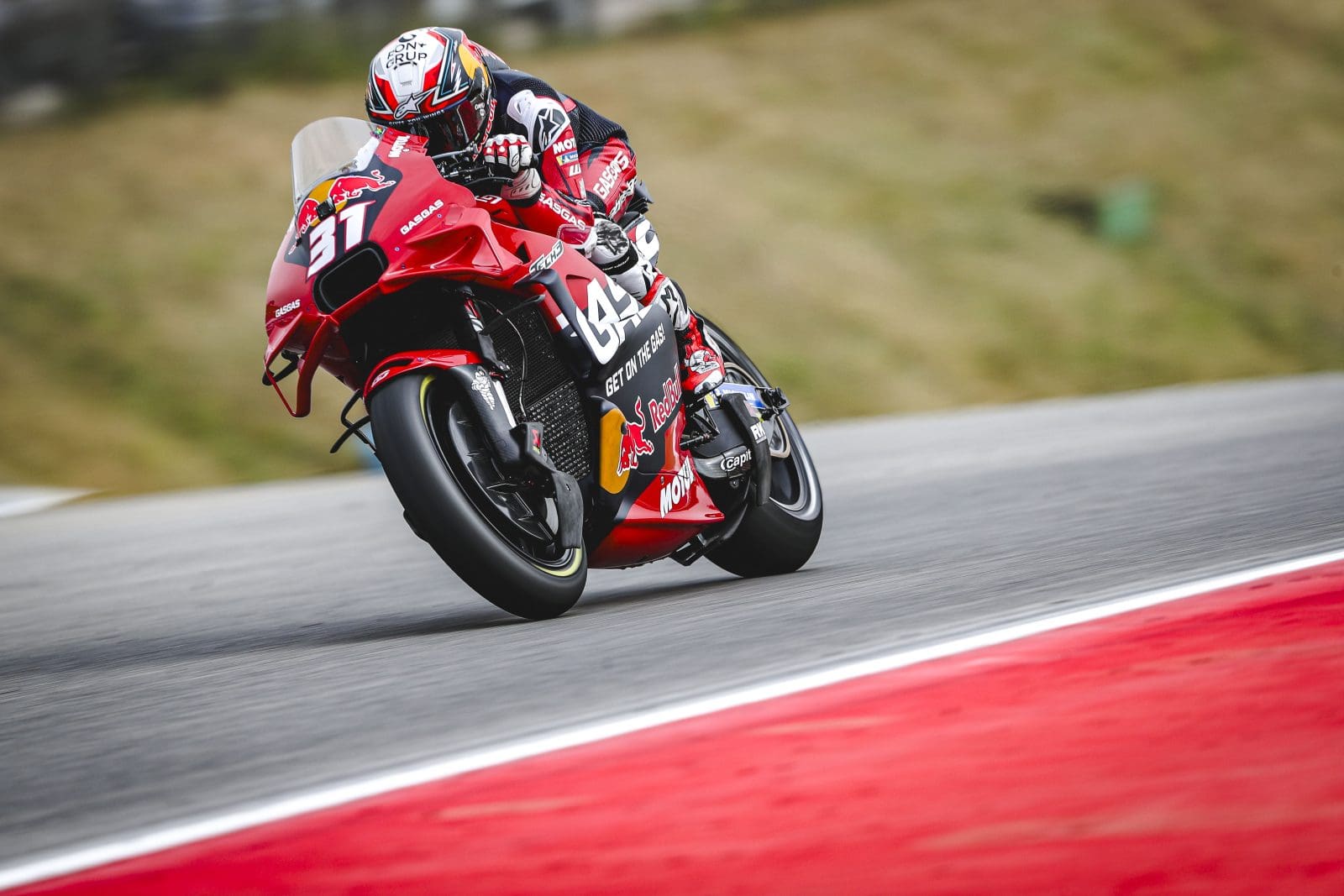
“I’m totally sure he will make us better if I look to all the four riders,” said Beirer. “And not better because he puts pressure on somebody; he will be good and strong and with his data and his riding, I think that’s something also where all of our riders can look over. But also Pedro will look at the data of Brad. Nothing better for us than like a good competition within the four riders, pushing each other.”
Trevathan added, “A rider can be complaining about something he thinks is a problem. Then he sees the data and goes, Holy shit! Okay, there’s another thing. This is Ducati’s advantage and what they’re clever enough to manage. Now we have an extra guy in there who can push the others.”
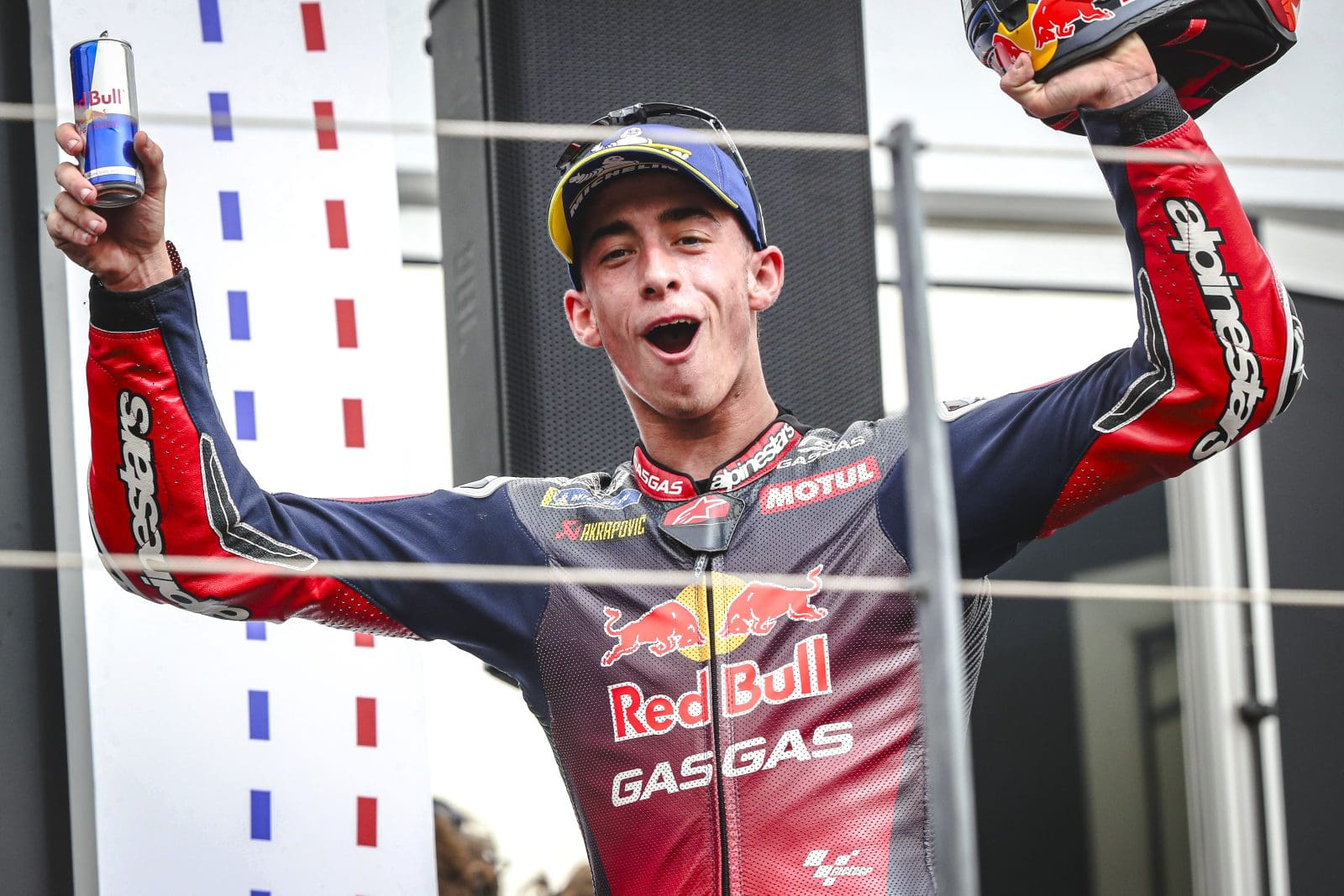
WORDS: NEIL MORRISON PHOTOGRAPHY: GOLD&GOOSE

